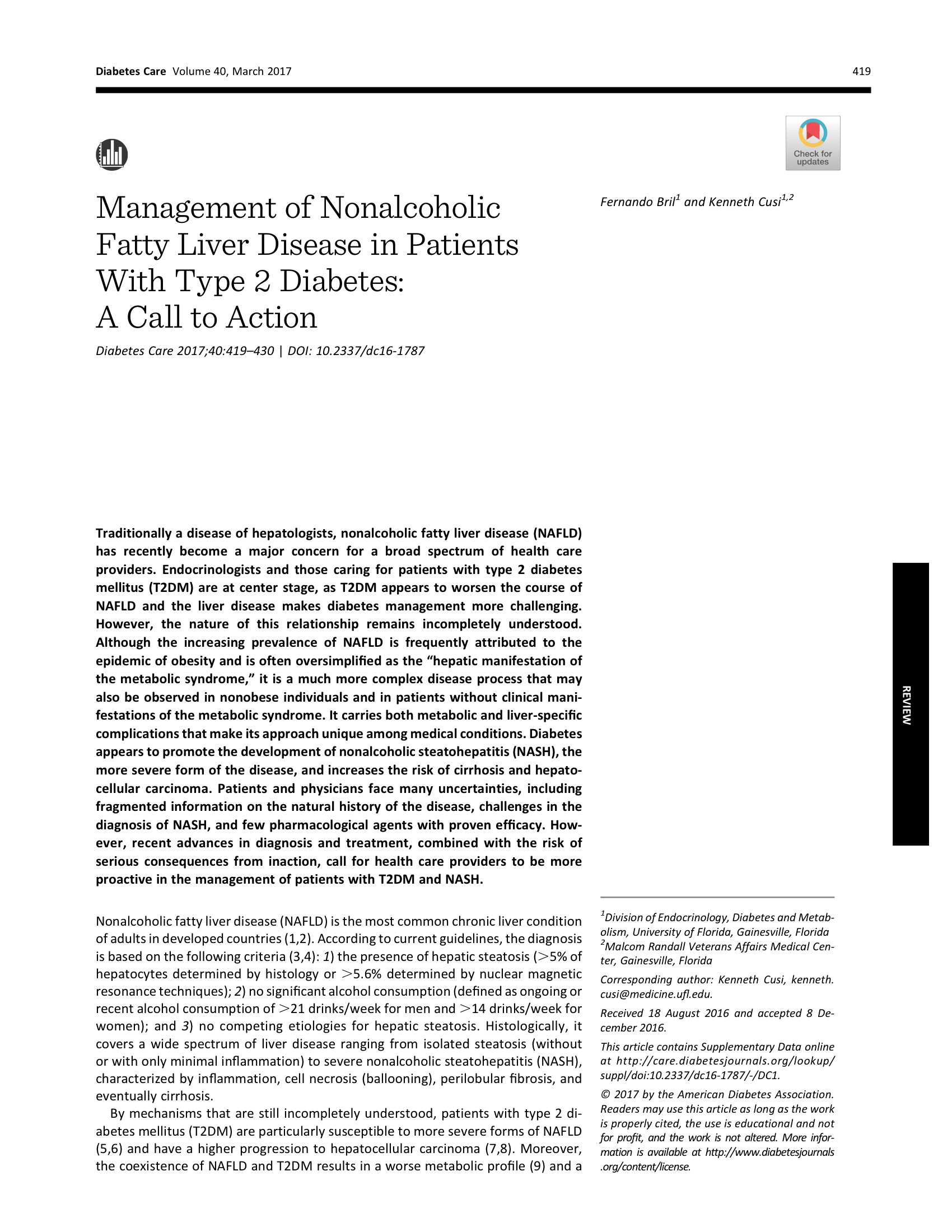
This paper provides a good overview of the significance of nonalcoholic fatty liver disease (NAFLD) and its unrecognized threat today in Medicine.
Unlike the review I just posted, this one dives heavily into pharmacologic treatment options and doesn’t discuss lifestyle or diet in much detail compared to other papers. Diet to reduce insulin resistance is not discussed. See potential conflicts of interest at the bottom of this post.
The Numbers, they are large
Even in the best-case scenario (considering a prevalence of NAFLD among these patients of only 50%, rather than between ;65% and 70% as current evidence suggests) (Fig. 1), this implies that 84 million people in the U.S. live with prediabetes or T2DM and NAFLD.
NAFLD becomes nonalcoholic steatohepatitis (NASH) and may eventually progress to cirrhosis and hepatocellular carcinoma. It may become the #1 reason for liver transplantation in the United States
- Patients and clinicians are unaware of NASH as a potentially serious medical condition;
- Diagnosis is missed due to a reliance on low-sensitivity diagnostic tests
- Confirmatory diagnosis (liver biopsy) is rarely pursued by providers, even in patients who are at high risk of NASH
- Patients and physicians are uninformed that weight loss and medical treatments may reverse NASH

The Relationship to Nutrition
Strongly connected, 70% of type 2 diabetics may have NAFLD. I’ll post on the mechanism next.
These patients characteristically show a worse atherogenic dyslipidemia with hypertriglyceridemia, low levels of HDL cholesterol (HDL-C), and smaller and denser LDL particles (18,19). Insulin failure to appropriately suppress hepatic VLDL secretion is at the core of this typical dyslipidemia (20).Although thisdyslipide- mia appears to be driven by intrahepatic triglyceride accumulation and insulin resistance, it appears to be independent of the presence of obesity or the severity of NASH (18).
Low fat diets move lipids more in the direction of NAFLD than low carb diets do
Noting, as I pointed out, that the recently released DIETFITS study comparing low fat to low carbohydrate diets and showing equivalent weight loss, also showed a trend (statistically significant) toward the worrisome lipid changes discussed above.
Pharmacologic Treatments/Duality of Interest Statement
I’m not sure what to make of this section in the paper based on the declaration below. I have concerns about potential conflicts of interest, feel free to review the section on pharmacologic treatment on your own.
Duality of Interest. K.C. has received research support from Janssen and Novartis and has served as a consultant for (in alphabetical order) Eli Lilly and Company, Janssen, Pfizer, and Tobira Therapeutics, Inc. No other potential conflicts of interest relevant to this article were reported.
The paper is also curiously missing any discussion of the compound silymarin an over-the-counter flavonoid molecule that’s been studied for its protective effects on the liver (which also, in my opinion, doesn’t have solid evidence yet about its utility).
Citations1.Bril F, Cusi K. Management of Nonalcoholic Fatty Liver Disease in Patients With Type 2 Diabetes: A Call to Action. Diabetes Care [Internet]. American Diabetes Association; 2017 Mar 21 [cited 2018 Feb 18];40(3):419–30. Available from: http://www.ncbi.nlm.nih.gov/pubmed/28223446
2. Federico A, Dallio M, Loguercio C. Silymarin/Silybin and Chronic Liver Disease: A Marriage of Many Years. Molecules [Internet]. 2017 Jan 24;22(12):191. Available from: http://www.mdpi.com/1420-3049/22/2/191
2 Comments
RT @tedeytan: Post: Just Read: The Disease You’ll be Hearing a Lot more About: Management of Nonalcoholic Fatty Liver Disease in Patients W…
RT @tedeytan: Post: Just Read: The Disease You’ll be Hearing a Lot more About: Management of Nonalcoholic Fatty Liver Disease in Patients W…